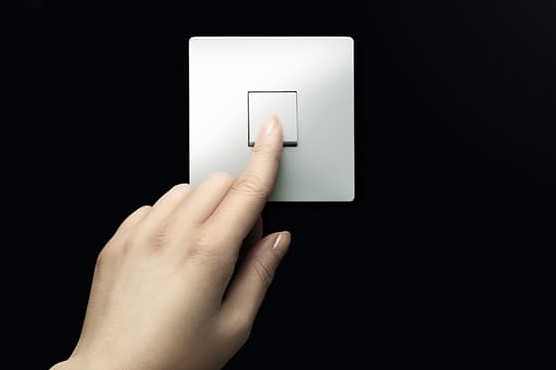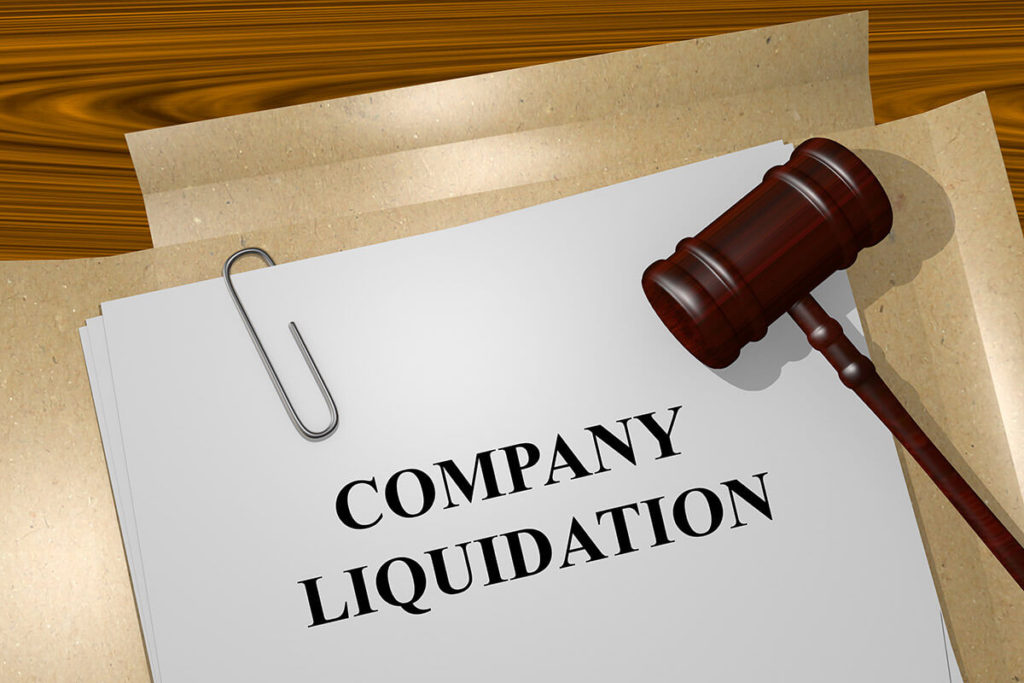Creditors’ Voluntary Liquidation
50% increase to bankruptcy and liquidation fees
Just months after lifting the temporary restrictions on winding-up petitions, the Government has revealed plans that will make it harder for thousands of SMEs and microbusinesses to collect debts and force debtors into insolvency procedures. The Insolvency Service plans to hike in the cost of two key payments later this year. Firstly, the deposit a…
Read MoreDark Side of Liquidation
When a limited company enters liquidation, for whatever reason, revenue from the sale of the company’s assets is redistributed amongst creditors and shareholders in order of priority. The director’s powers cease and an insolvency practitioner (IP) takes over managing the company’s affairs. The director no longer has any control over the company or its…
Read MoreLiquidation advice for creditors in a CVL
In a creditors’ voluntary liquidation (CVL), the liquidator / insolvency practitioner (IP) turns the insolvent company’s assets into cash, and pays their own expenses before distributing revenue to creditors. As in all statutory insolvency procedures, secured creditors receive payment before preferential creditors. Any revenue that remains after preferential creditors have been paid is distributed equally…
Read MoreBusiness rescue advice: administration vs CVL
When directors resolve not to rescue an insolvent company, an insolvency practitioner (IP) may recommend placing the company into administration. However, in many instances a creditors’ voluntary liquidation (CVL) would be a more suitable insolvency procedure. Whereas companies remain in administration for at least 12 months, CVLs usually take less time and therefore incur fewer…
Read More


